
The monorail electric hoist trolley is installed on the I-beam track and can drive the wire rope electric hoist, chain electric hoist, and micro electric hoist to slide left and right, easily realizing the up and down, left and right handling of materials. However, in practical applications, sometimes the sports car may encounter misalignment, causing the equipment to run poorly or making loud noises.
オンラインチャットWhen we use エレクトリックホイストトロリー, we basically talk about whether chain electric hoists or wire rope electric hoists are hung on I-beams or gantry cranes. They can be used up, down, left, and right. The 爆発証明電気ホイスト trolley needs to be installed alone. Unprofessional personnel will have some difficulties in installing the trolley. Improper installation will cause the trolley to wander during operation. If it is lifted crookedly, the heavy objects will fall. Let’s analyze how this is caused.
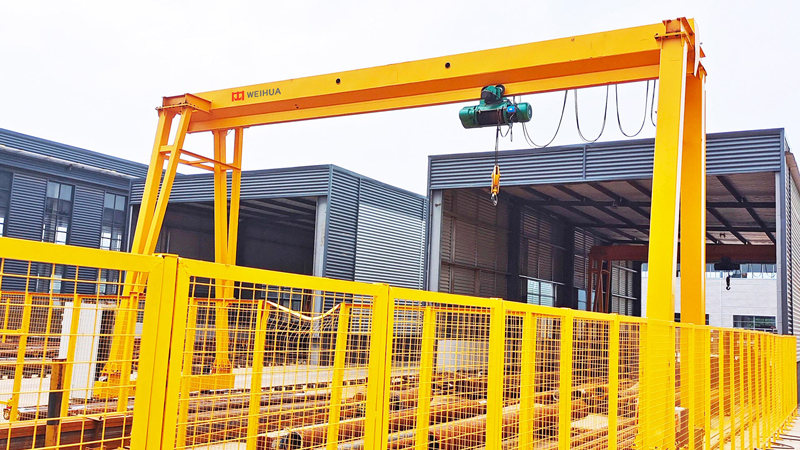
Reason analysis:
Track installation deviation
Track straightness error>3mm/m.
Misalignment at track joint >2mm.
Track level deviation>1/1000.
Track surface anomalies
Oil stain/rust on track tread (friction coefficient reduced by 30%+).
Grooves formed due to wear on the track tread (depth > 1.5mm).
Track pressure plate bolts are loose (pretightening force loss >20%).
Solution:
Track correction: Use laser theodolite to detect, and adjust the straightness of every 6m track segment to ≤1.5mm.
Joint treatment: Install fishplate and polish it smoothly, and control the misalignment within 0.5mm.
Surface cleaning: Use metal-based cleaner to remove oil stains, wire brush to treat rusted areas.
Rail replacement standards: The wear amount on one side reaches 10% of the original thickness or fatigue cracks appear.
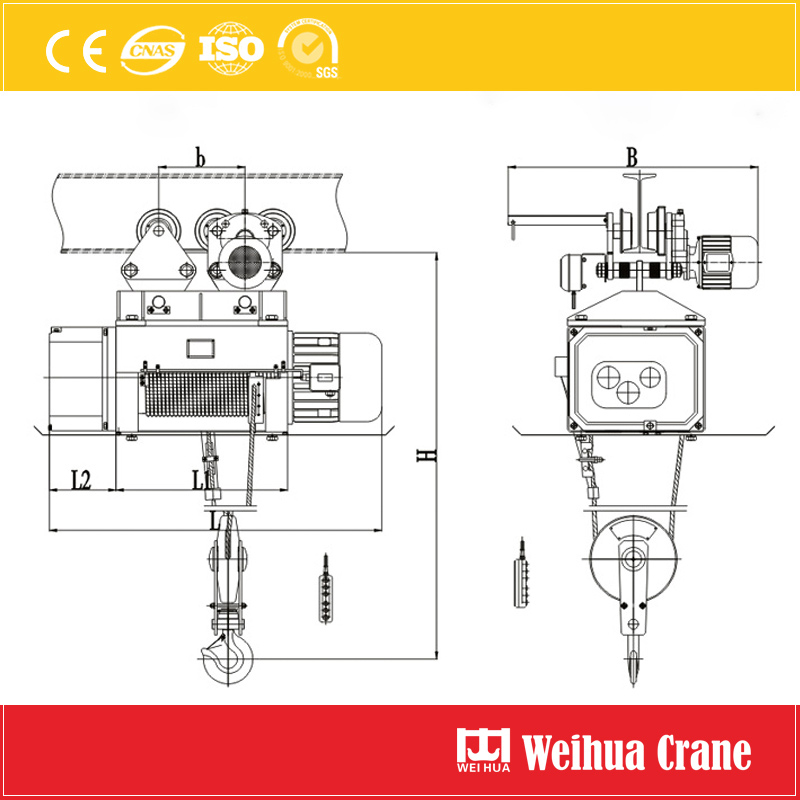
Reason analysis:
Uneven wheel wear
The diameter difference between the driving wheel and the driven wheel is >2%.
The amount of wear on one side of the rim is >5mm.
Wheel alignment failure
Wheel horizontal deflection>1/1000 wheelbase.
Vertical deflection>1/400 wheel diameter.
Bearing damage
Bearing clearance>0.5mm.
Broken cage causing jamming.
Solution:
Wheel set adjustment:
Use a taper gauge to detect the rim angle (standard 60°±5′).
Adjust wheel horizontal deflection to ≤0.5mm/m.
Bearing replacement:
Use C3 clearance grade bearings (axial clearance 0.12-0.25mm).
Fill with EP2 grade lithium grease (filling volume accounts for 60% of the cavity).

Reason analysis:
Motor out of sync
Speed difference between dual drive motors>5%.
Brake release time difference>0.3s.
Transmission system failure
Reducer gear backlash>0.15mm.
Coupling radial deviation>0.1mm.
Solution:
Motor synchronization calibration:
Use a stroboscope to detect the speed difference between the two motors and control it within <2%.
Adjust the inverter parameters (carrier frequency is set to 2-4kHz).
Transmission system overhaul:
Replace worn gears (when tooth thickness reduction >10%).
Coupling alignment adjustment (radial error ≤ 0.05mm).
Special scenario questions:
Offset load operation: lifting point offset >5% span.
Wind load impact: lateral wind pressure >110N/m² (equivalent to level 6 wind).
Temperature deformation: thermal expansion and contraction caused by track temperature difference >30℃.
Targeted measures:
Install automatic correction system:
Install laser displacement sensors on both sides of the track (accuracy ±0.5mm).
Real-time adjustment of drive motor torque distribution through PLC.
Using temperature compensation track:
Reserve expansion joints (8-12mm gap for every 30m of track).
Use low expansion coefficient steel (CTE<11×10⁻⁶/℃).
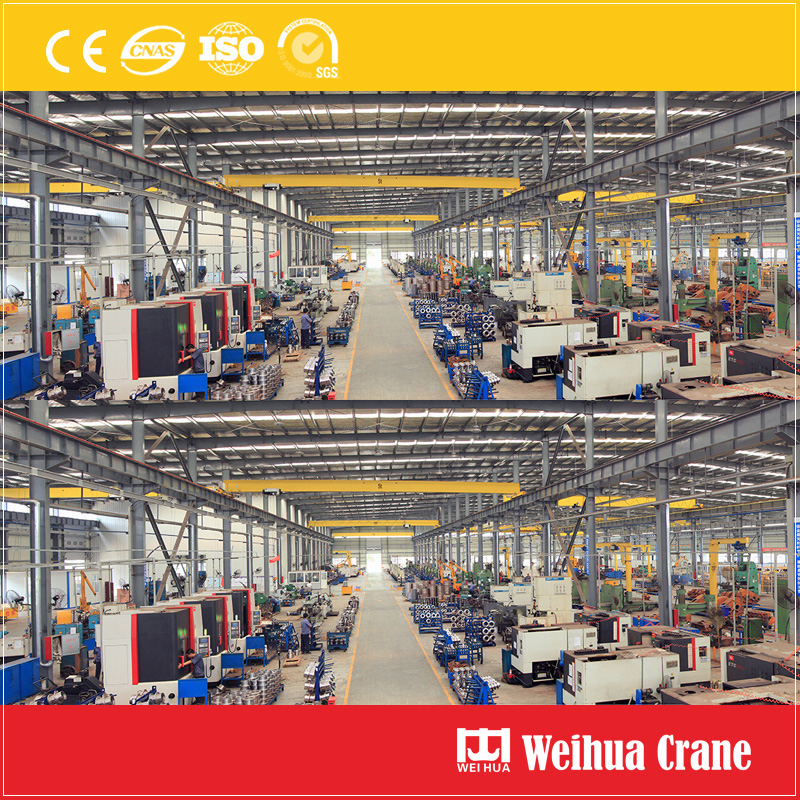
Daily inspection:
Measure wheel-rail clearance every week (standard value 3-5mm).
Check track span tolerance monthly (±5mm allowed).
Preventive maintenance:
Replace reducer lubricant every 2000 working hours (ISO VG320).
Full system alignment every six months.
Operating specifications:
It is prohibited to pull or lift at an angle (stop immediately when the deflection angle is >3°).
Control operating speed (≤60% of rated speed under heavy load).
Through systematic investigation and precise adjustment, the deviation of the エレクトリックホイストトロリー can be effectively controlled within the span range of ≤1/1000. It is recommended to conduct a dynamic load test within 72 hours after the initial installation of the electric hoist trolley, and use an infrared thermal imaging camera to monitor the wheel-rail contact status (the temperature difference should be <15°C). For electric hoist trolleys that frequently wander, it is recommended to install an electronic anti-sway system to improve stability.
私たちはあなたのフィードバックを大切にします! あなたの特定のニーズに合わせてサービスを調整できるように、以下のフォームに記入してください.

weihha 2000 pound electric hoist combines Weihua’s years of accumulated profession……
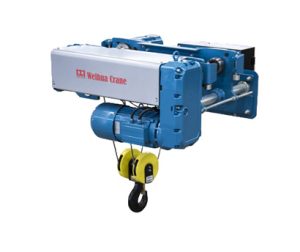
電動線ロープホイストのコアはモーターで構成されています, 還元メカニズム, ……
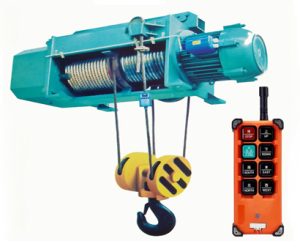
コアの利点と技術的なハイライト インテリジェントワイヤレスリモートコントロールシステム l……

20 Tons Electric Hoist Key Features & Benefits 1. Exceptional Lifting Capacity &……
